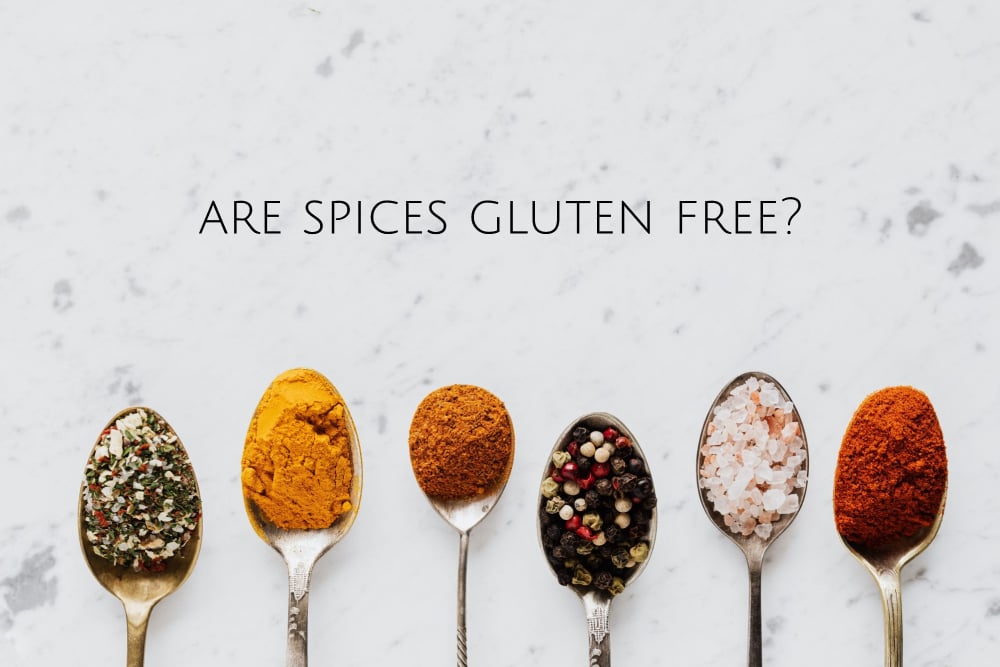
This post features a complete list of gluten-free spices and will help you decide which brands of spices are gluten-free and which contain gluten. I tested several spices for hidden gluten and share the results below. This post contains affiliate links. Please see my disclosures.
People with celiac disease, gluten intolerance, and gluten sensitivities cannot eat gluten, a protein found in wheat, rye, barley, and sometimes oats.
This has led many people in the gluten-free community to wonder if their innocent-looking spice jars contain small bits of gluten, inadvertently causing them to eat gluten.
The Canadian Food Inspection Agency confirmed the gluten-free community’s worst fears when it tested spices in 2010.
The agency tested 268 ground single-ingredient spices and found that 63 samples (24 percent) contained “detectable levels” of gluten ranging from 5 ppm to 20,000 parts per million (ppm).
Mind you, the agency goes on to say that 62 of the samples contained a level of gluten that “would not pose a risk to a sensitive individual.”
Regardless, this study is a cautionary tale that even innocent, single-ingredient spices may contain “detectable” levels of gluten, triggering an inflammatory cascade in someone with celiac disease or fuel the inflammatory fire in someone with gluten sensitivity.
For a spice to be considered “gluten-free,” it must contain less than 20 parts per million (ppm) of gluten per the FDA’s gluten-free labeling guidelines. For a product to be “certified gluten-free,” It must be validated to contain less than 20 ppm of gluten by a third-party certifying agency like the GFCO.
Many spices don’t have a gluten-free label but only contain a single ingredient (i.e., basil). These products are likely gluten-free; however, without testing and validation from the manufacturer, it’s only assumed to be gluten-free.
In this article, I discuss what each of the leading spice brands say about gluten and how several brands fared when tested for hidden gluten with my Nima Sensor, a portable gluten-detecting device that you can learn more about in my article, What You Need to Know About Nima Sensor Before You Buy – Perspective from a Celiac & Nutrition Professional.
Editor’s Note: When testing powdery foods, such as spices, Nima recommends adding a few drops of tap water, which I did for each test. Many Nima users also report receiving false positives when testing cumin and deep red spices, so take such test results with a grain of salt, no pun intended.
Gluten-Free Spice By Brand
I researched what the leading spice manufacturers say about gluten to help you decide whether you can trust each brand.
As always, carefully read labels and inquire directly with individual manufacturers when a spice’s label isn’t clear.
Badia
Badia spices are not only labeled “gluten-free,” but the company confirms its spices are gluten-free on its website. Badia says it’s “proud to offer organic and gluten-free products.”
Badia spices are also a bargain! The 16-ounce container of chili powder pictured below cost less than $7 at Safeway. This is a huge deal, considering how expensive it is to follow a gluten-free diet.
Look for Badia spices in the Hispanic food aisle, not the spice/baking aisle.
I also tested Badia’s chili powder for hidden gluten with my Nima Sensor. Nima displayed a smiley face, which means it didn’t find any gluten.
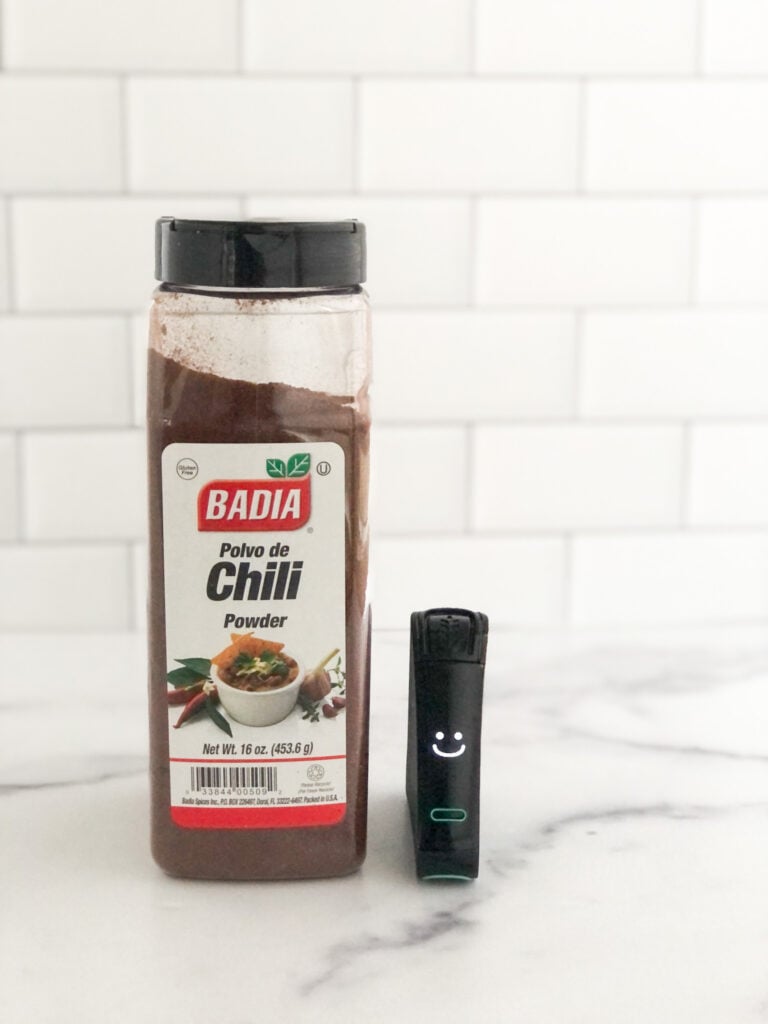
Durkee (Spice Island and Tone’s)
B&G Foods, Inc., Durkee’s parent company (and the parent company for Spice Island and Tone’s products), said in an email reply to Good For You Gluten Free:
“We do not maintain a list of gluten-free spices, nor are we currently testing for gluten. However, single-ingredient spices (those that contain only spices and do not have any additional ingredients) are inherently gluten-free.
“We have a strong allergen clean-out policy that has been validated to ensure that there is no allergen cross-contamination at the plant. Since ingredients and facilities may change from time to time, always check the label on a specific product for current ingredient and allergen information.”
Frontier
The company says, “While spices and herbs are naturally gluten-free, we do not test for gluten in all products, only those certified gluten-free (by GFCO) under our Simply Organic brand. We don’t make gluten-free claims for any other products because even tiny amounts of gluten can be a problem, and these may be present in our facility or the facilities of our suppliers.”
Below is how one Frontier spice tested when put to the Nima test. A smile means no gluten found.
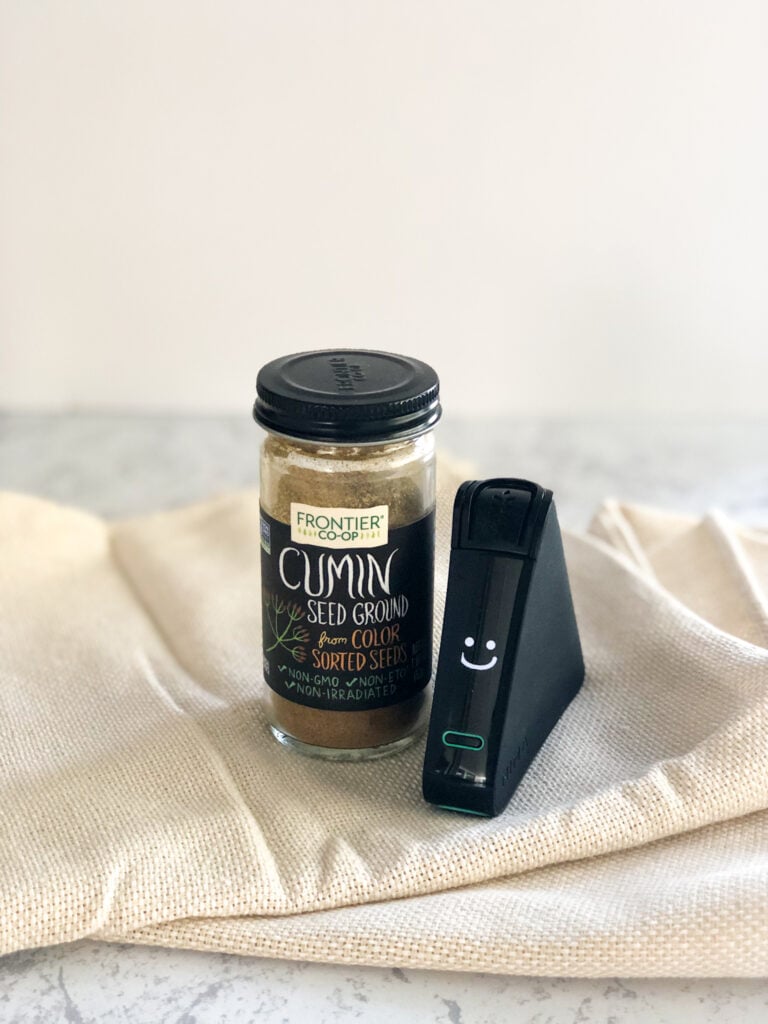
Great Value (Walmart)
Walmart has increasingly elevated its gluten-free offerings over the years, and even its store brand, Great Value, offers many products labeled gluten-free.
Walmart is good about disclosing potential allergens, so check its labels for the latest ingredient and allergen disclosure statements. Walmart says if a product is labeled “gluten-free,” the company has validated that it contains less than 20 ppm of gluten.
Several years ago, a Reddit user showed a picture of Great Value Black Pepper with the following allergen disclosure: “May contain traces of milk, eggs, wheat, and soy.” Buyer beware.
McCormick
McCormick says products that contain gluten will be declared on the product label by the common name of the gluten source, such as barley, wheat, rye, oats, or triticale.
The company adds that if any product has a gluten-free claim on the label, the product and the manufacturing line have been “validated” as gluten-free.
McCormick recommends customers read the ingredient statement on each product to ensure the most accurate, up-to-date information, as product formulas may change.
McCormick adds, “Our McCormick facilities have allergen, sanitation, and hygiene programs in place. Our employees follow good manufacturing practices and are trained in the importance of correct labeling and the necessity of performing thorough equipment clean-up and change-over procedures to minimize cross-contact of ingredients.”
Here’s how McCormick Organic cayenne pepper fared when put to the Nima test. A smile means Nima did not find any gluten.

Morton & Bassett
Morton & Bassett manufactures more than 100 different spices, and according to its website, all of its spices are certified gluten-free by the NSF.
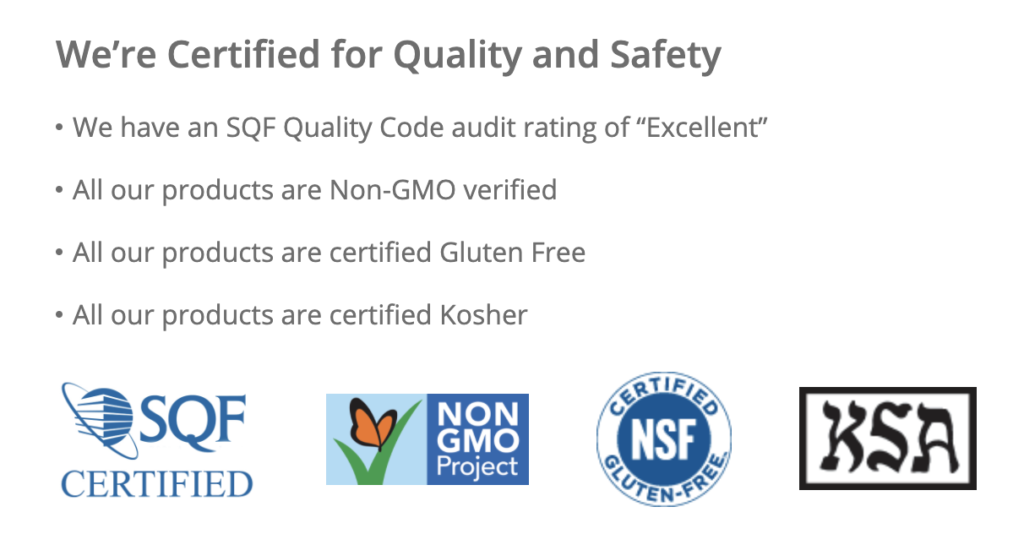
Pioneer
Pioneer does not make jarred spices, per se, but it does make a handful of seasoning mixes that are certified gluten-free, including its taco seasoning mix, brown gravy mix, and chili seasoning mix.
Simply Organic
Simply Organic spices are manufactured by Frontier Co-Op, and some, but not all, of its spices are certified gluten-free by the GFCO.
Frontier Co-Op says that its spices are naturally gluten-free, but they’re not tested nor guaranteed to be gluten-free. See “Frontier Co-Op” above for additional information.
Here’s how Simply Organic ginger fared when tested with my Nima Sensor. A smile means no gluten found.
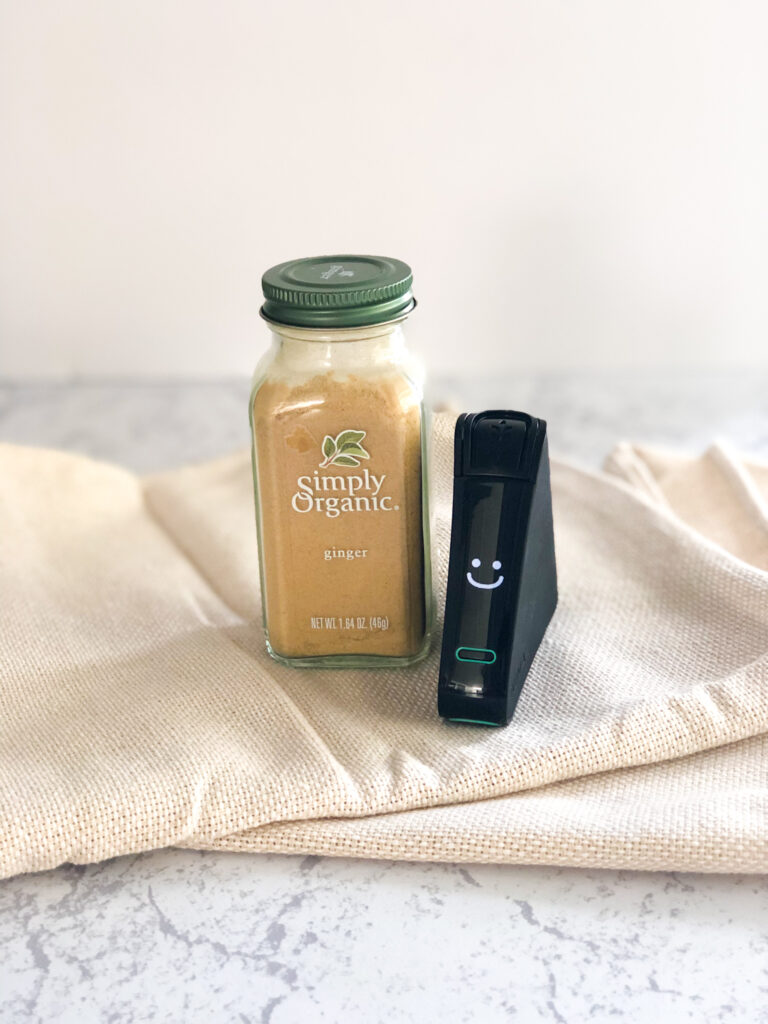
Spice Island
See the statement under “Durkee.”
Here’s how Spice Island curry powder fared when tested for hidden gluten. Nima smiled, which means it did not find any gluten.
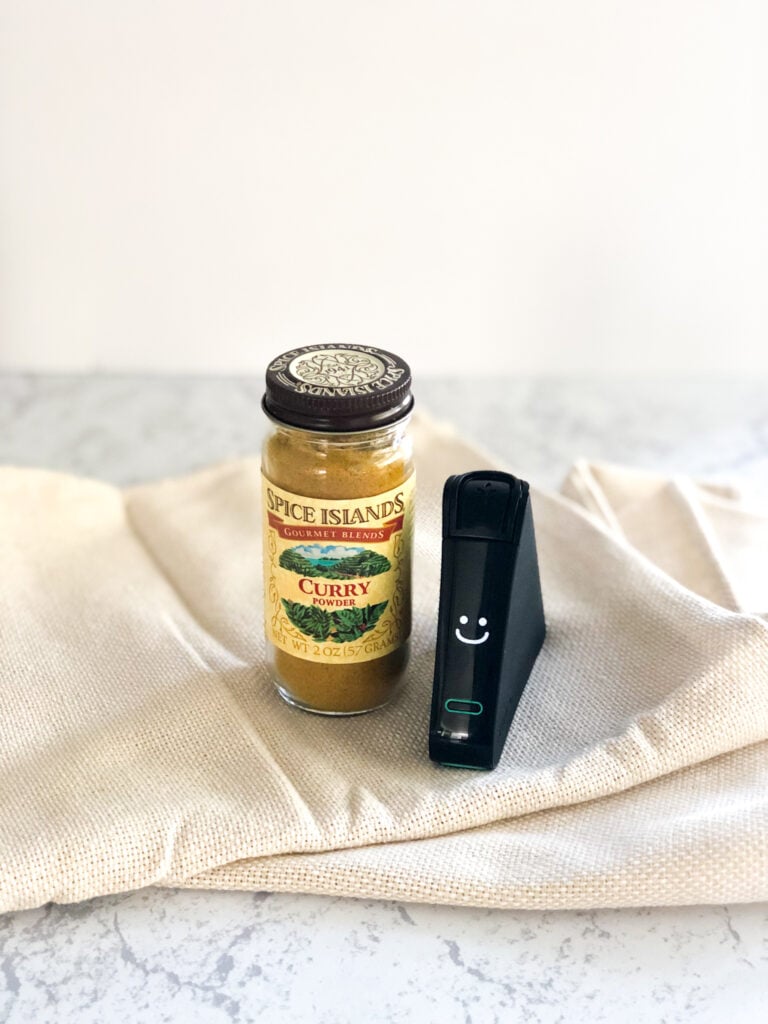
Spicely Organics
Spicely says all its spices are produced in a dedicated, gluten-free facility and are certified gluten-free by the Gluten Intolerance Group.
Spicely is the only brand offering a full-line of certified gluten-free spices I know. You can purchase them in grocery stores and on Amazon.
I confirmed that Spicely Herbs de Provence are gluten-free with my Nima Sensor. A smiley face means Nima didn’t find any gluten.
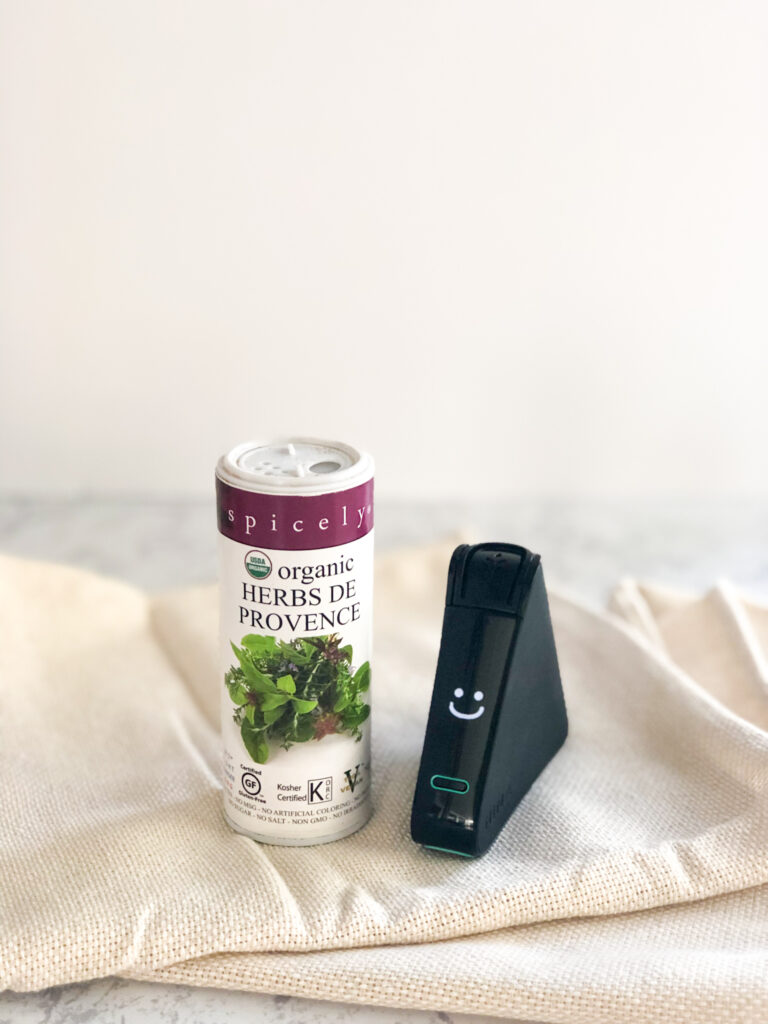
Spice Hunter
The Spice Hunter says on its website, “Our spices and spice blends do not contain gluten. Our Organic Dip & Seasoning Mixes, Turkey Brines, and Global Fusion Rubs are certified gluten-free by the Gluten Intolerance Group.”
The Spice Hunter also lists the following spices on its website as certified gluten-free:

I tested The Spice Hunter coriander for hidden gluten with my Nima Sensor. Nima smiled, which means it did not find any gluten.
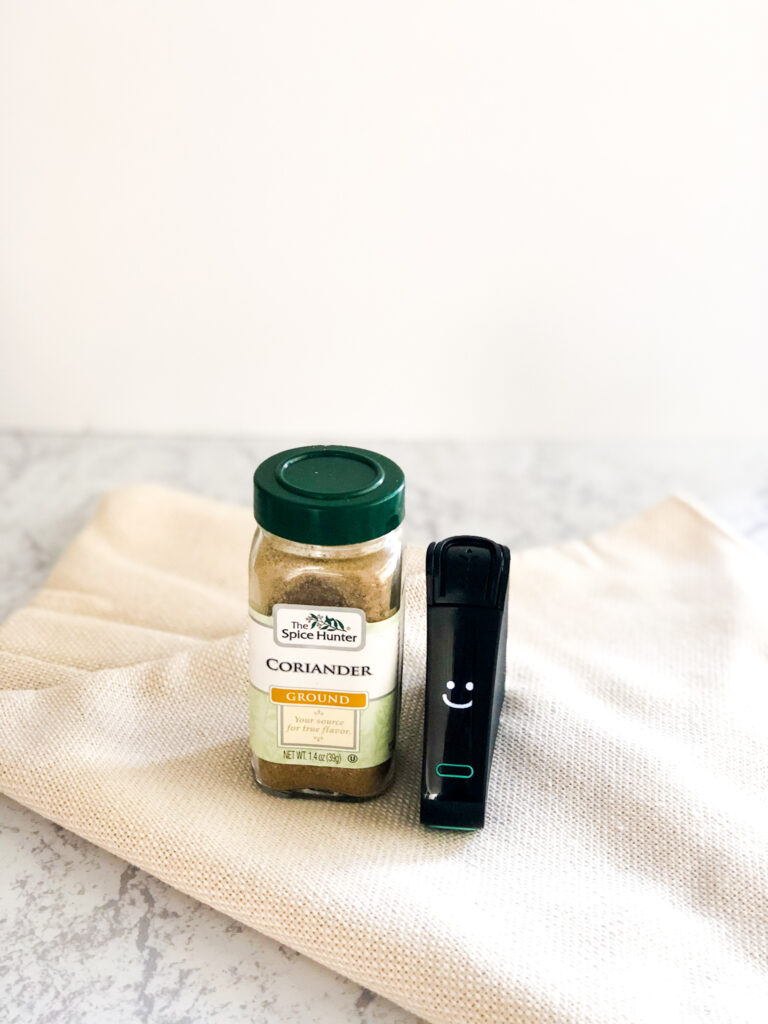
Tone’s Spices
See the statement under “Durkee.”
Trader Joe’s Spices
Trader Joe’s says if any of its products claim to be “gluten-free,” the product has been validated to contain less than 20 ppm of gluten.
I did not see any gluten listed when I inspected various labels on its privately labeled spices, but I also noticed that none of its spices are labeled gluten-free.
As you can see, both Trader Joe’s spices tested gluten-free:

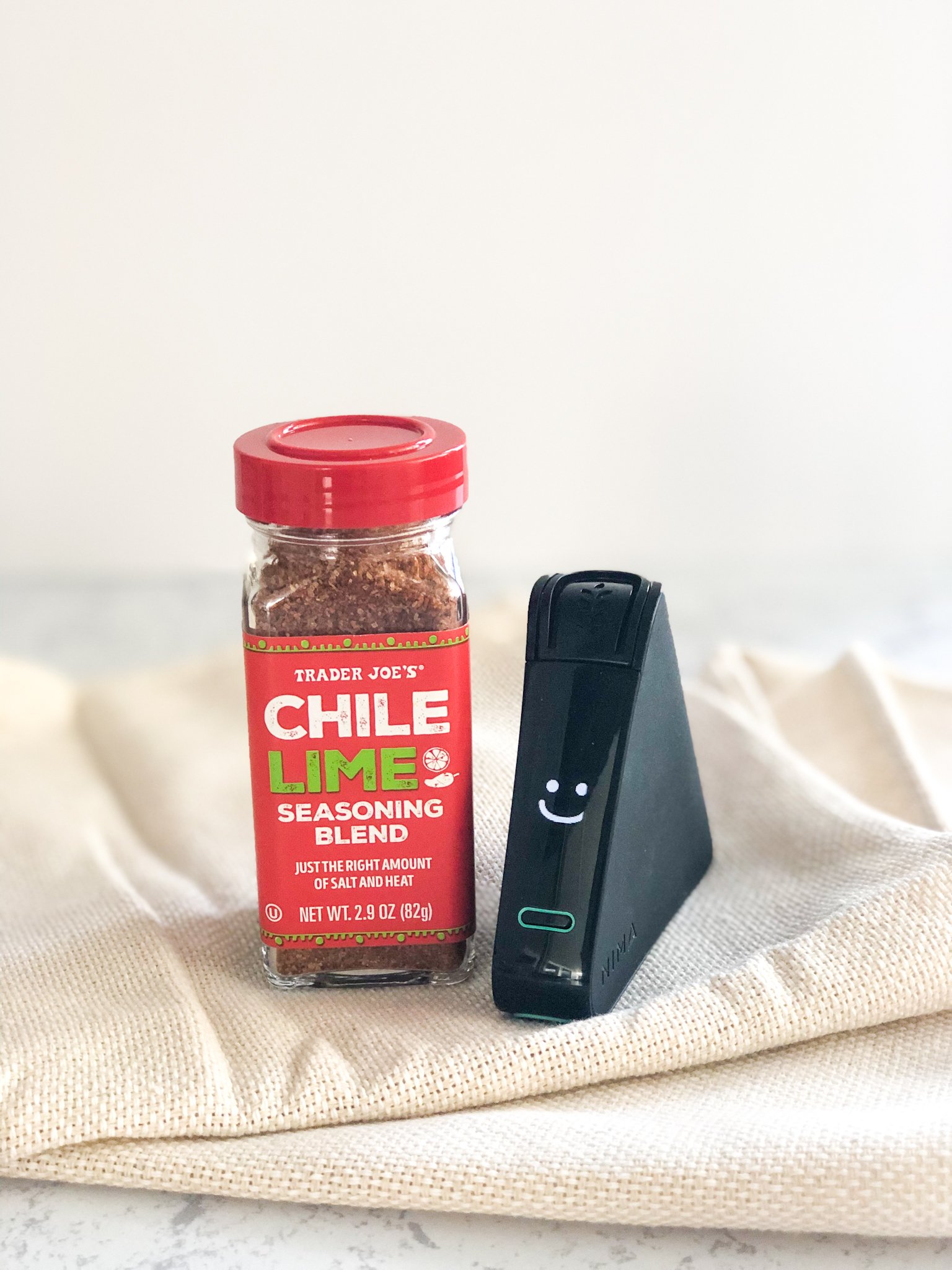
I tested more than a dozen Trader Joe’s products for hidden gluten in my article, Testing Trader Joe’s Gluten-Free Products for Hidden Gluten.
Additional Spice Tests
I tested additional spice brands for hidden gluten. Here is how various spices were tested with my Nima Sensor, including Private Selection spices (Kroger), Archer Farms (Target), Whole Pantry (Whole Foods), Tajin (is gluten-free, but I suspect the bright color caused a potential error with Nima), Sprout’s spices, Simply Organic (Safeway brand spices), and Lawry’s Seasoned Salt.
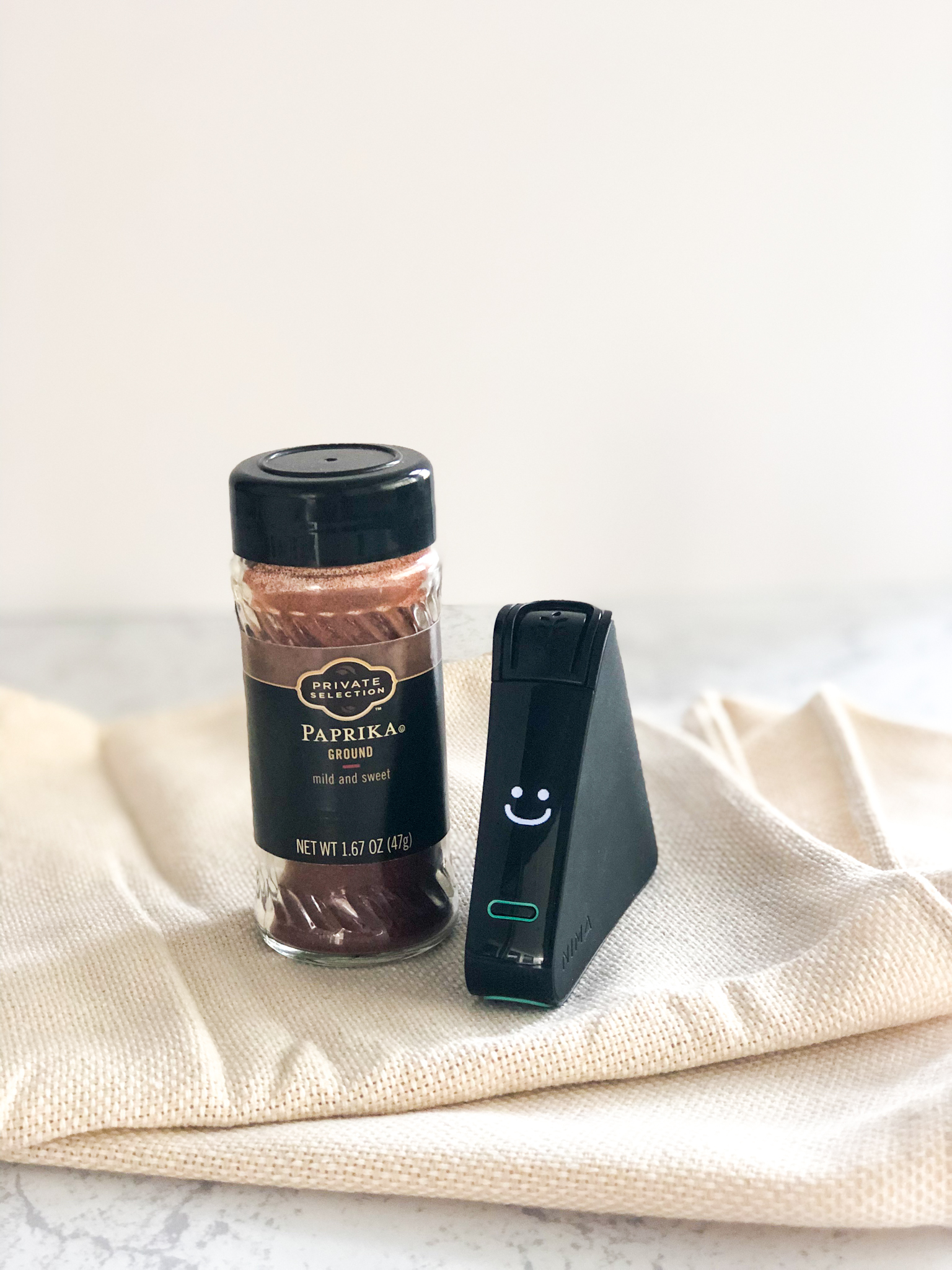
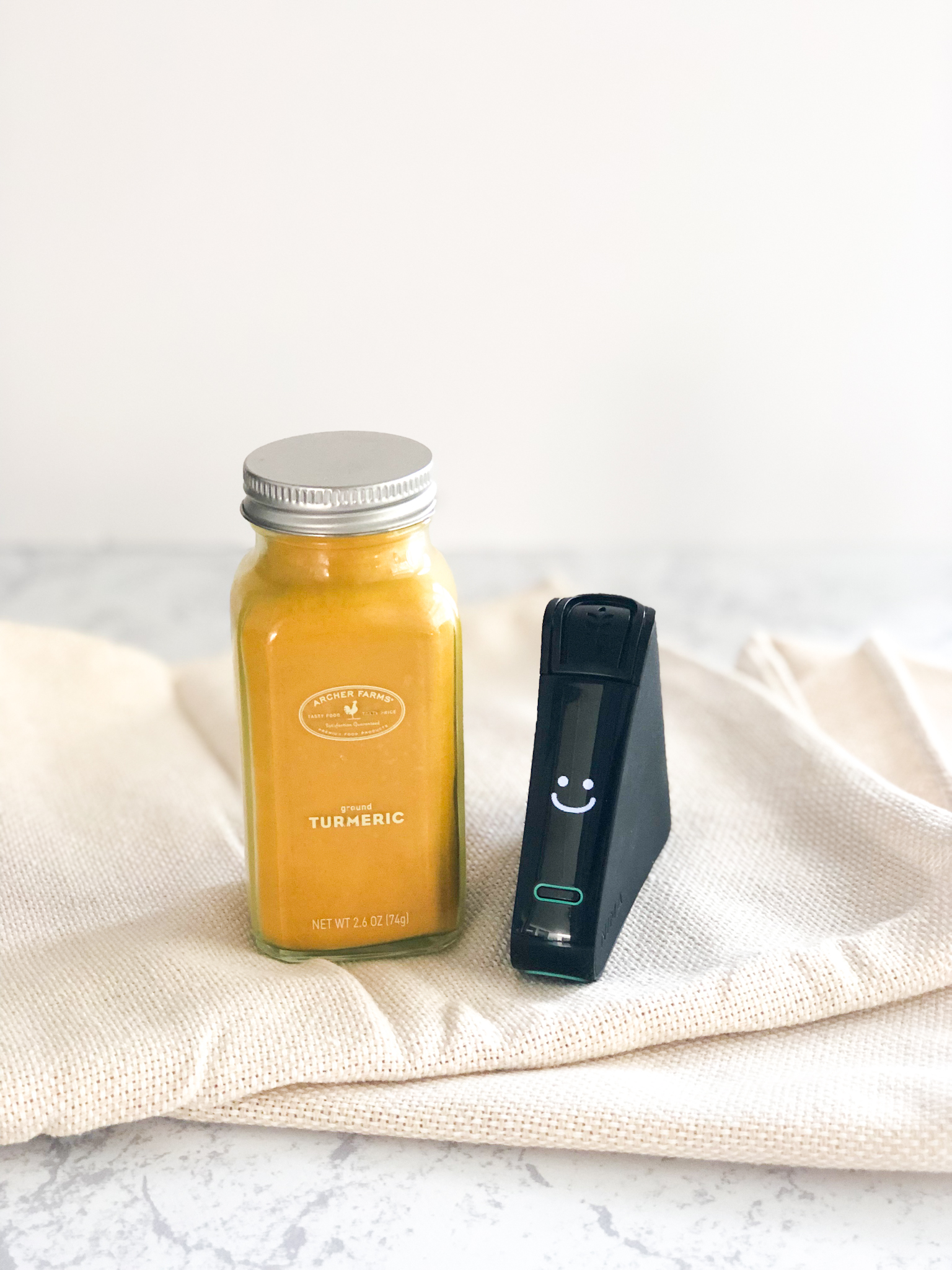
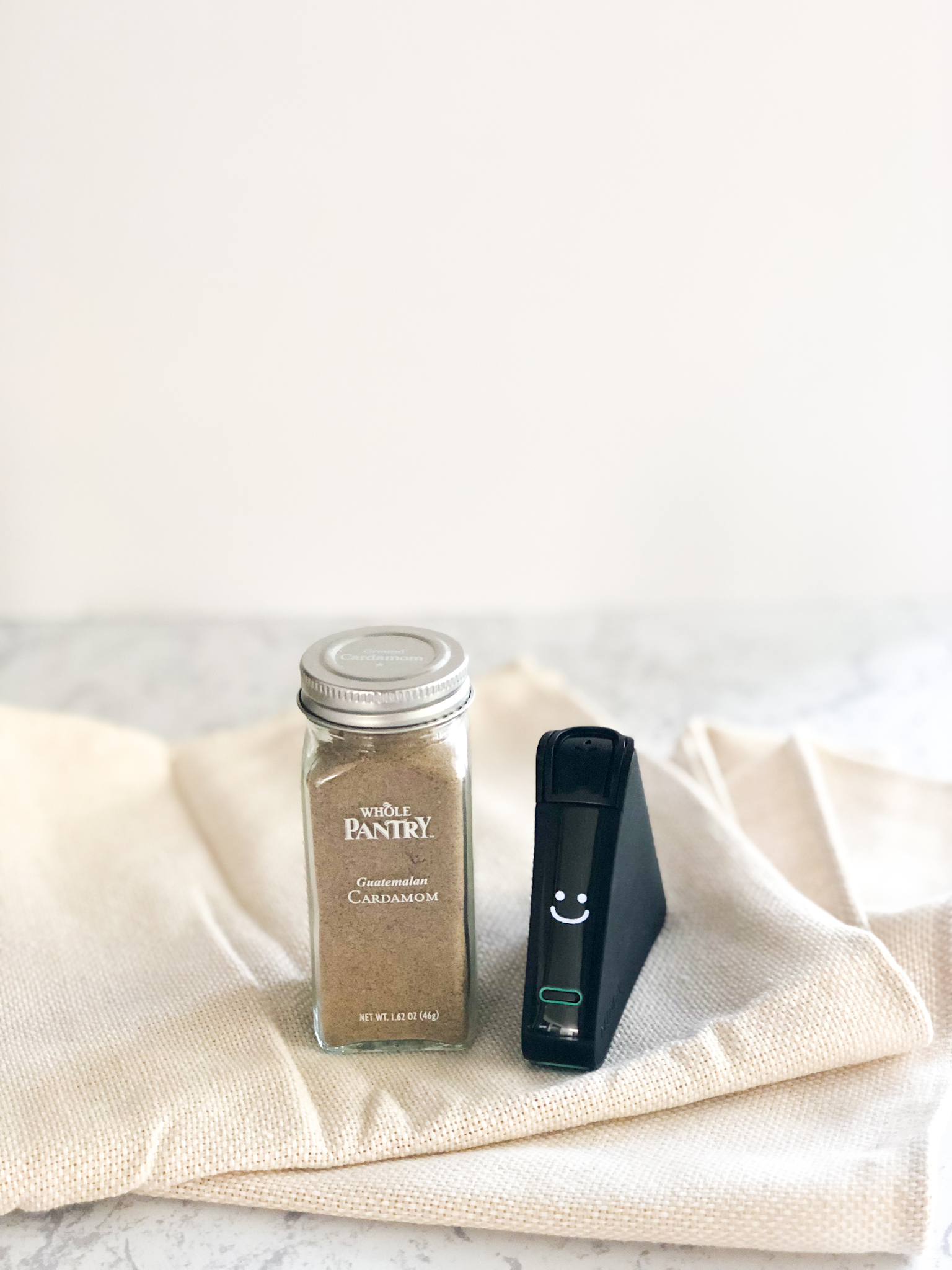
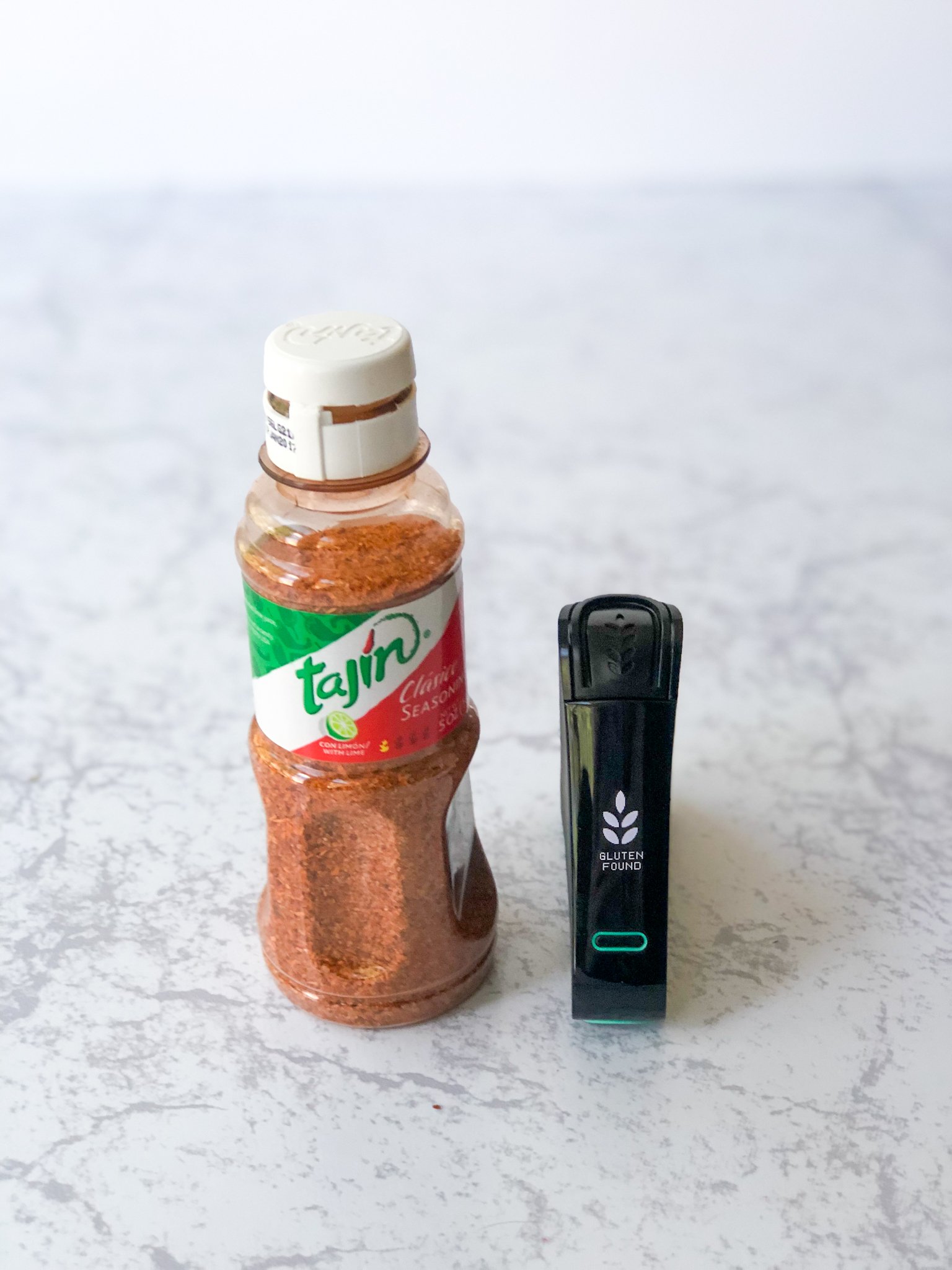
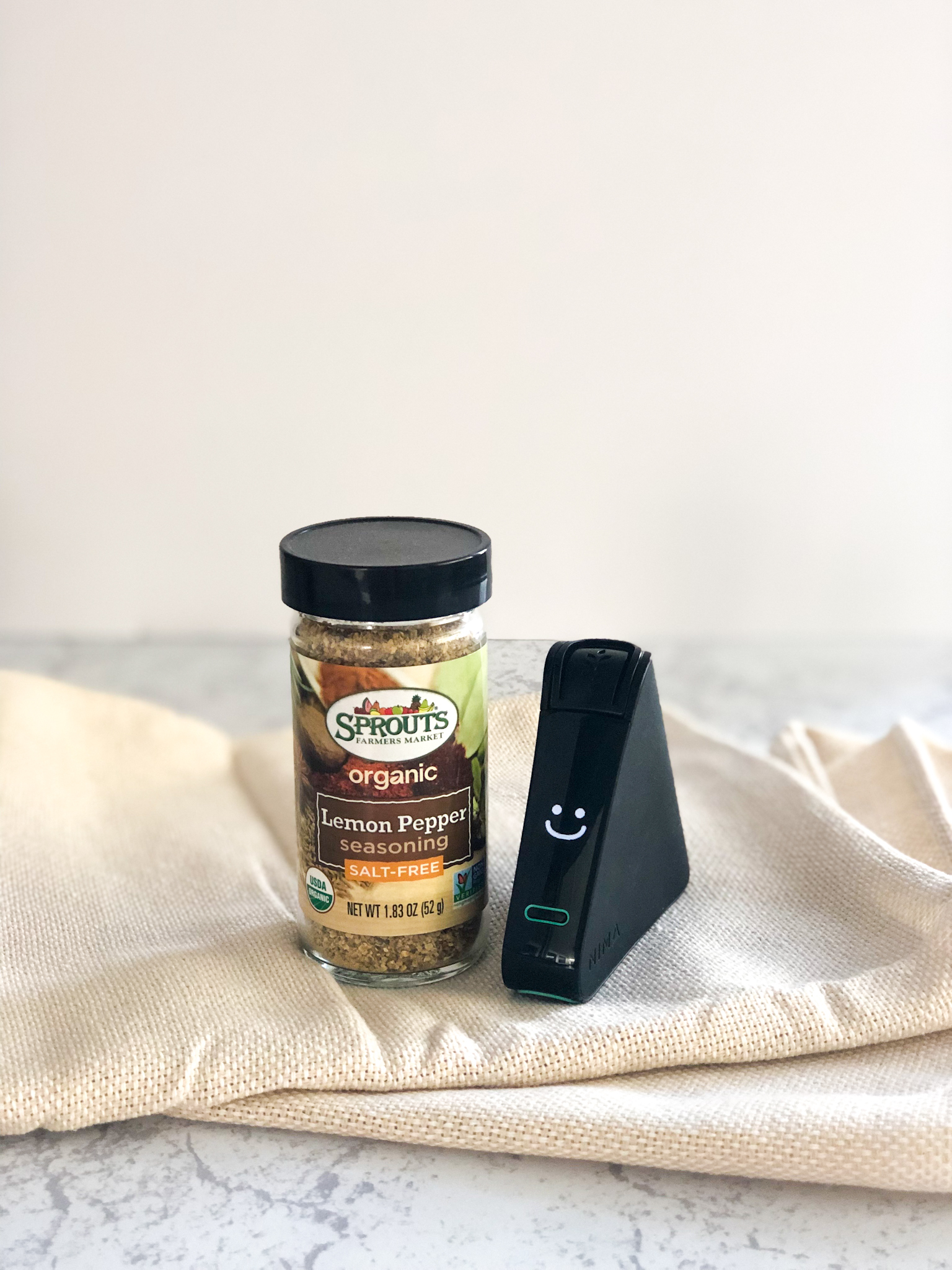
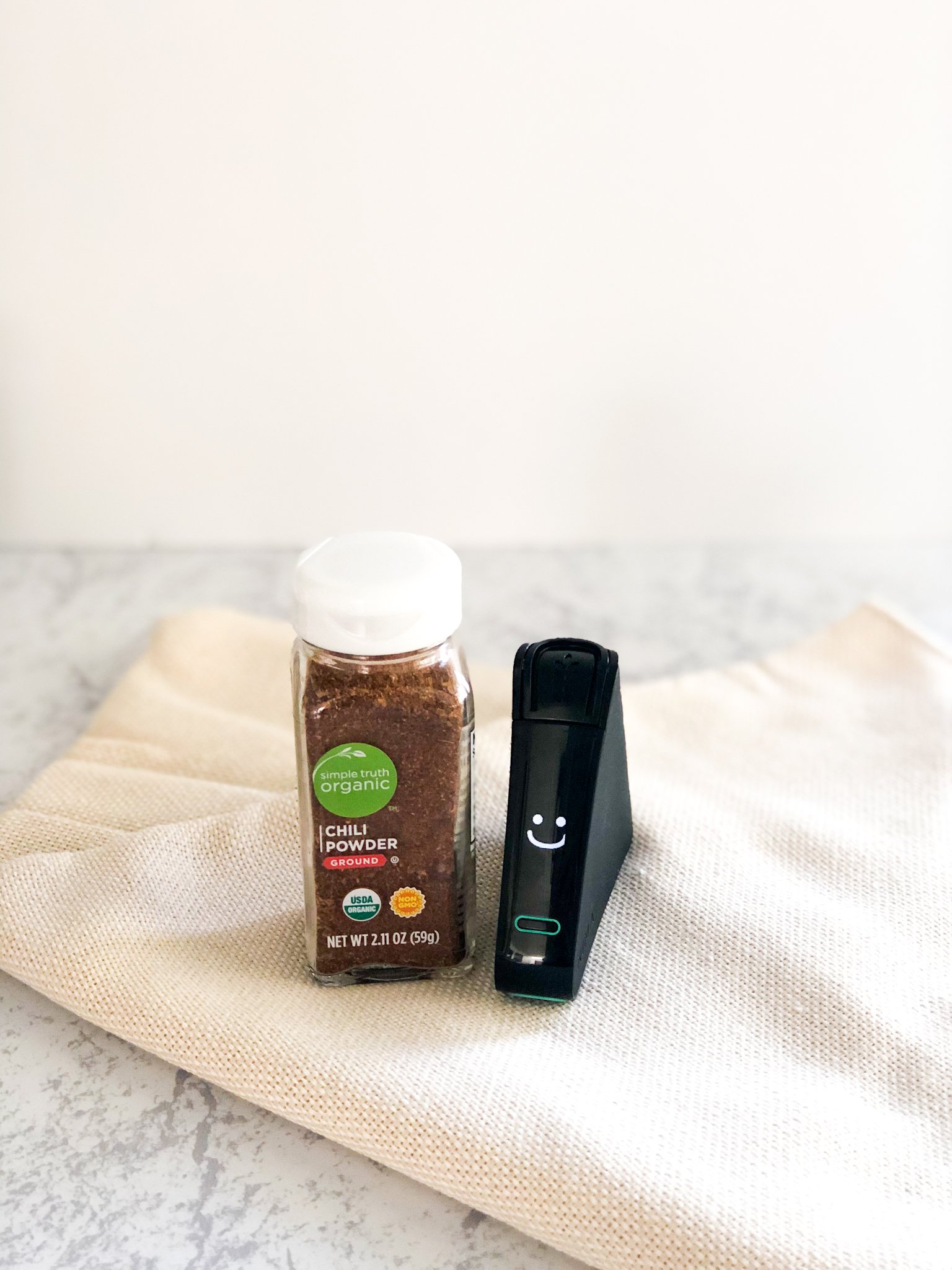
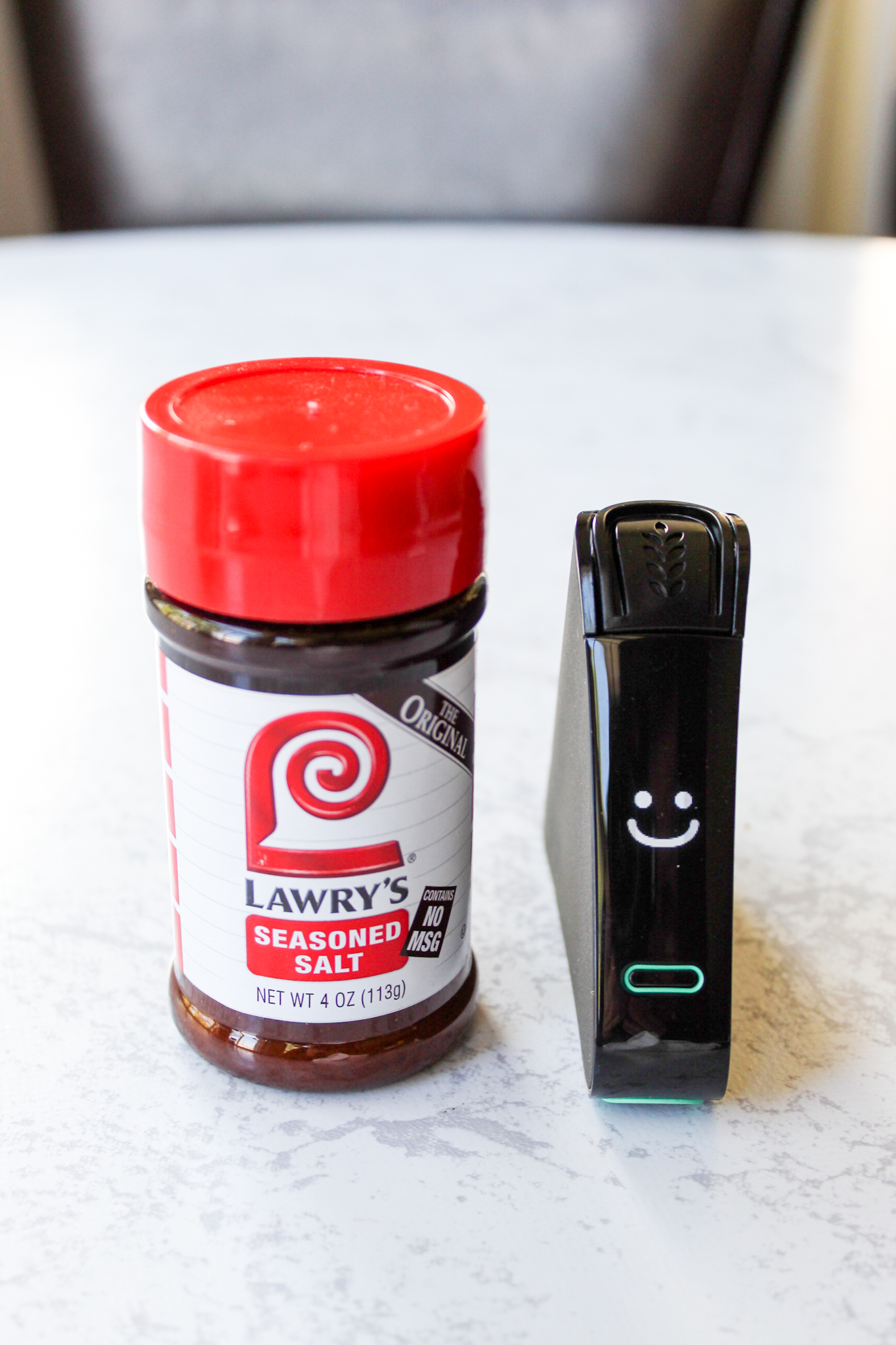
As you can see, the only spice that tested positive is Tajin. I checked the Tajin website to see what the brand says about gluten.
It says, “TAJIN® products (TAJÍN® Clásico Seasoning Powder, TAJÍN® Clásico Low Sodium Seasoning Powder, Sazón TAJÍN® and TAJÍN® Habanero) do not contain gluten. In fact, TAJIN® meets FDA regulations for “gluten-free” products.”
This may mean that Tajin contains less than 20 parts per million (ppm) of gluten and, therefore, is legally considered “gluten-free.” However, Nima can sometimes detect gluten below 20ppm, and its accuracy is one of the many reasons the device is criticized.
Spice Confusion
I know many of you have wondered if your spices are gluten-free. It’s hard to know what brands you can trust these days.
However, the gluten-free community can take solace in the following:
(1) There are Gluten-Free and Certified Gluten-Free Spices
Many spices are labeled, and some are certified gluten-free, like those from Spicely. A lot of Badia spices are labeled gluten-free and very affordable.
(2) Spices are Inherently Gluten-Free
Most single-ingredient spices on the market do not contain gluten; if they do, they typically contain only a trace amount due to gluten cross-contamination via shared manufacturing lines.
A trace amount of gluten inside a large meal may mean you’re consuming less than 20 ppm of gluten in one sitting, which likely won’t cause intestinal damage in people with celiac disease.
(3) Beware of Seasoning Blends
One area of concern for hidden gluten is in seasoning blends, such as taco seasoning packets. I detail which taco seasonings are and aren’t gluten-free in my article, Gluten-Free Taco Seasoning Brands – Nima Tested!
(4) Silicon Dioxide Is Gluten-Free
Silicon dioxide (SiO2), or silica, is commonly found in spices. The ingredient is gluten-free and is used to prevent caking. Calcium silicate and sodium aluminum silica are also gluten-free and widely used anti-caking agents.
(5) Allergen Labeling On the Rise
Allergen and gluten-free labeling is becoming commonplace, especially with big brands. Chances are more brands will jump on the gluten-free labeling bandwagon soon enough.
In the meantime, always read labels, contact the manufacturer when uncertain, and use fresh spices whenever possible (i.e., fresh garlic and fresh parsley).
The Bottom Line on Gluten-Free Spices
As you can see, there are many brands of gluten-free spices, and spices are inherently gluten-free. Look for brands labeled gluten-free as much as possible, and check labels to ensure wheat flour, wheat starch, or barley malt doesn’t make its way into your spice rack.
I hope this article eases your mind about using gluten-free spices and that you better understand which spices are and aren’t safe to consume when following a gluten-free diet.
Additional Reading
Below are more articles you might enjoy:
- Gluten-Free Taco Seasoning Brands
- Gluten-Free Gravy Mixes – Tested for Hidden Gluten
- Are These 10 Kirkland Products from Costco Gluten-Free?
- Testing Trader Joe’s Gluten-Free Products for Hidden Gluten
- Best Gluten-Free Frozen Pizza: Ranked and Tested
- Is Crystal Light Gluten Free? I Independently Tested It
Is there a specific one? I’d love to test one for you.
Hi Jenny! I do most of my shopping at Target and buy a lot of their Good & Gather products. Would be curious to see the results of their Good & Gather spices in Nima. They carry very few other brands, and of the other brands they do carry it’s not a wide variety.
I haven’t tested it but my assumption is it’s fine. One issue with Nima is it struggles to accurately test bright colored foods so even if I Nima-tested it, it may not give an accurate result. Hope that helps.
Great Stuff, Jenny! Did you ever Test Costco Kirkland’s Kirkland Signature Ground Turmeric which is a huge seller?
I get Jackie’s Kitchen on Amazon and never had issues. Check them out.
please check Penzey’s spices- they are all I use.Also spice s of choice at many better restaurants.
I use a LOT of Penzey’s Spices. Never even checked to see if they were gluten free…more interested in the no salt!!
Only spices tested are listed
has Badia been tested?
Please consider adding Badia spices to this list. They have certified gluten-free spices.
great informative article. Thanks for the time and effort in acquiring the scoop
on G/F spice suppliers.
Badia spices are either gluten free or certified gluten free
Thank you! This is a great source to have when it comes to spices. I recently went through all my spices and got rid of any I had doubts about, not to mention quite a few said made in same factory as wheat etc. Also, you might like to know that Savory Spice Shop .com has gluten free spices and does a great job of describing each dietary concern under each description.